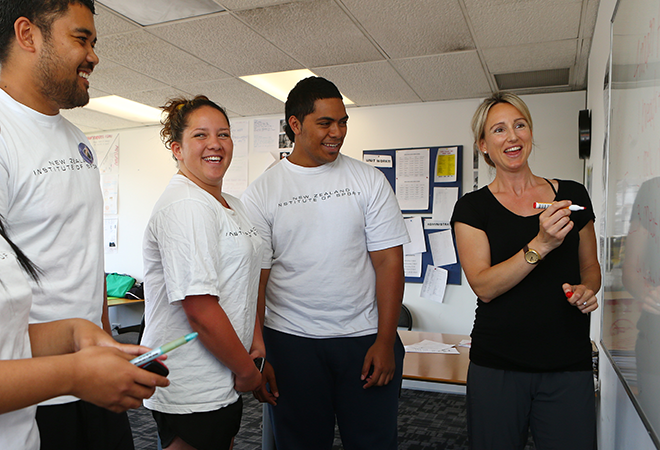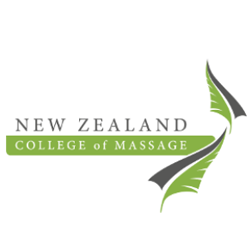
Motivation and engagement of Māori and Pacific Students at PTEs: Lessons for improved teaching and learning strategies
Status
Completed: 22 September 2015
Project Details
A project, completed in 2015, to enhance understanding of motivation and engagement of Māori and Pasifika PTE students and explore the relationships between motivation, engagement and learning outcomes. A collaboration of New Zealand Institute of Sport and New Zealand College of Massage.
Aims:
The key aims of the project were to:
- identify best practice teaching and learning strategies that will support the creation of learning environments that enhance outcomes for all learners and, particularly, for Māori and Pacific learners
- share an enhanced understanding of those factors that engage and motivate Māori and Pacific learners in PTEs across relevant Levels (2-6) of the National Qualifications Framework.
Methodology:
A mixed method methodology was used which involved a mix of qualitative research (focus groups with students) and quantitative research (the implementation of a survey of students).
Team

David Lillis
New Zealand Institute of Sport
Taulalo Fiso
New Zealand Institute of Sport
Susan Henricksen
New Zealand College of Massage
Sandra Storz
New Zealand College of MassageStatus
Funding
$20,000.00 (excl GST)
Key Findings
The main findings of the study are:
- The importance for academic success of positive tutor-student relationships, cultural responsiveness, the use of varied teaching and learning approaches (emphasizing practical work) and attractive physical environments.
- Only minor systematic differences in engagement and motivation across ethnicity, gender and socio-economic level were identified, indicating that Māori and Pacific students are not greatly different from others in either engagement or motivation.
- The single socio-economics-based difference identified in the study related to learning more if the tutor cares how the student is doing.
- Māori and Pacific Island respondents spend more time in providing care for dependents than others.
- Māori and Pacific students spend more time in study-related activity weekly than other students.
- Participating students provided very positive feedback on the participating PTEs in meeting the cultural needs of all students, but particularly of Māori and Pacific students.
Key Recommendations
The recommendations for enhanced teaching and learning strategies arising from this study are:
Responsiveness to students | Employ tutors who are responsive to all students, but particularly tutors who are experienced in teaching priority learners (e.g. Māori, Pacific and younger learners).
Range of teaching and learning methods | Employ tutors who use a range of teaching and learning methods (especially practical activities and the use of devices such as IPADs, Internet, You Tube and recorded classroom sessions) and who have industry experience.
Flexible approach | Encourage a flexible approach to running classroom sessions that include breaks during which students can either rest or undertake physical activity.
Attractive physical environments | Create attractive physical environments that motivate students and promote a sense of belonging for Māori and Pacific students in particular. The physical environment could include Māori and Pacific art, posters and sculptures, and other icons.
A research report prepared by David Lillis, Taulalo Fiso, Susan Henricksen and Sandra Storz.
(PDF, 2.56 MB, 93-pages).
- 28 September 2015